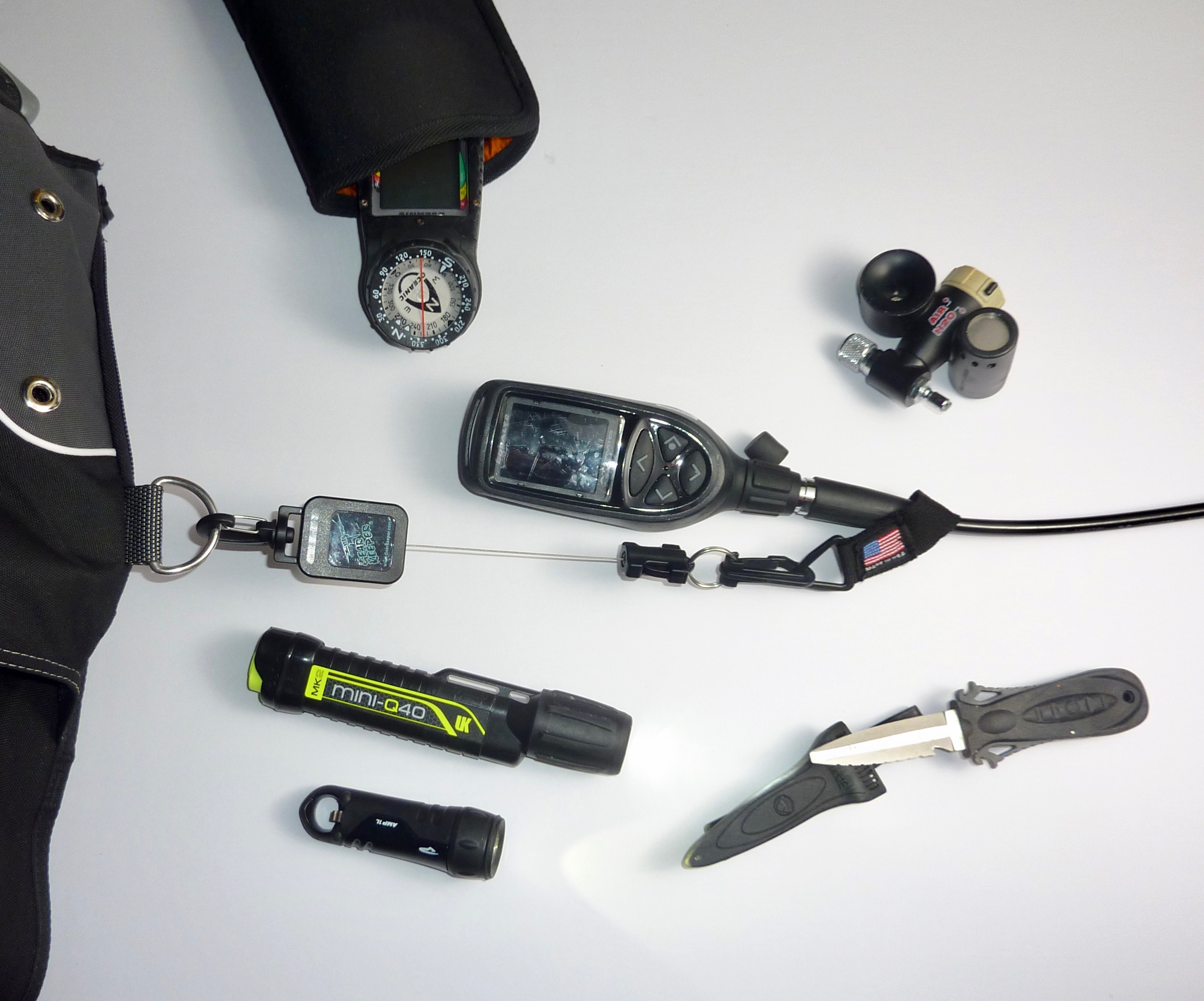I am a good diver with 31 years of active diving. But there are some things I do not do well, or not at all. Logging my dives is the worst. Other than scratching out a few notes on a legal pad, I do none. Even the notes are only because I write articles that depend on that material. It is detailed with depths, marine life and maps but not bottom times, etc.
My excuse is that as a commercial diver I was required by law to log my dives. I got sick of it. So after leaving that field, I stopped. But I now enjoy reading through those logs, and the sport diving logs I made before that time, to remember those particularly noteworthy dives—good and bad.
Logging dives has more value than just memory lane. You can look back on what you did right and what you did wrong and become a better diver from it. Other areas of improvement that can be noted in logs include dates of regular maintenance, gear that pleases or aggravates you and needs fixing or replacement. You also begin to recognize areas that need more education—photo, night, advanced, rescue, etc. Logging dives is obviously important.
I now have a system that not only makes logging dives easy, it is also enjoyable. It is the logs from Dive-Logs. I actually look forward to logging my dives as well as reviewing the entries in the future.
The Dive-Logs system is not just a way of recording numbers. There are several page versions, each to fit the way you dive and to your special diving interests. All the page versions are available in either in Imperial (feet, p.s.i, Fahrenheit, etc.) or Metric (meters, bars, celsius, etc.). Another choice in versions is between an emphasis on those that dive with tables or for those that dive with computers.
Basic information included on all versions include bottom time, depths, surface interval, gear used, water temperatures, etc. Then there is the choice of versions with an emphasis on photography, another on marine life observations, and still another with a focus on nitrox diving. Instructors also have their own versions. Specialized pages have basic information on the front and then special material on the back. The Nature Log, for example, has room on the front for general comments and then on the back a list area for recording species seen and a spot for mapping out the dive. There is even a “standard” page that gives more dives to log on each because you log two dives on each page, one on the front, one on the back. Each page allows you to record a wealth of information prompting you by check boxes or easy to fill in blanks. And there is plenty of room for comments, even in the smaller size pages.
Page sizes available include A5 three-ring binder (smaller than your standard school type binder but big enough to hold a lot of pages), personal organizer size (also fits the SSI log binder), and in the middle, the size that fits the binder that Dive-Logs sells (standard Filofax™ six-ring system). That is the size I chose, purchasing their binder along with pages and useful miscellaneous in what Dive-Logs refers to as a “starter pack.”
The flexible zippered binder is neat and clean with a water-resistant padded outside fabric. Inside are extra mesh pockets that are perfect for standard dive tables, pens and whatnot. There is also an outside zippered pocket.
Pages included with the pack were 10 standard log pages (20 dives) and 10 Nature pages. (I ordered the Imperial versions with computer diving emphasis.) I also got some of the photo log pages. I find myself mainly using the nature pages and standard pages, as I am not much for keeping details of the photos I shoot (f-stop, shutter speed, etc.).
Armed with my new Dive-Log, I am now going to be scribbling more notes on dive boats and at the beach, and enjoying it! And when I am old and gray (well, old, I already am graying) I can look back on my exploits. For more information on Dive-Logs and their products, visit www.dive-logs.com online.









